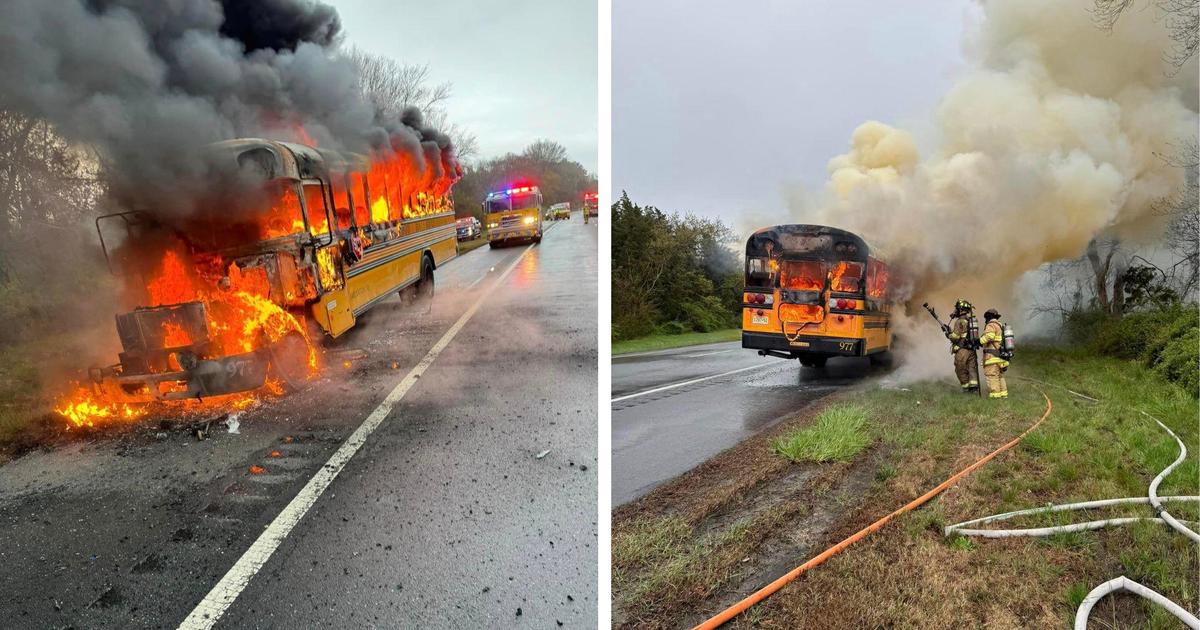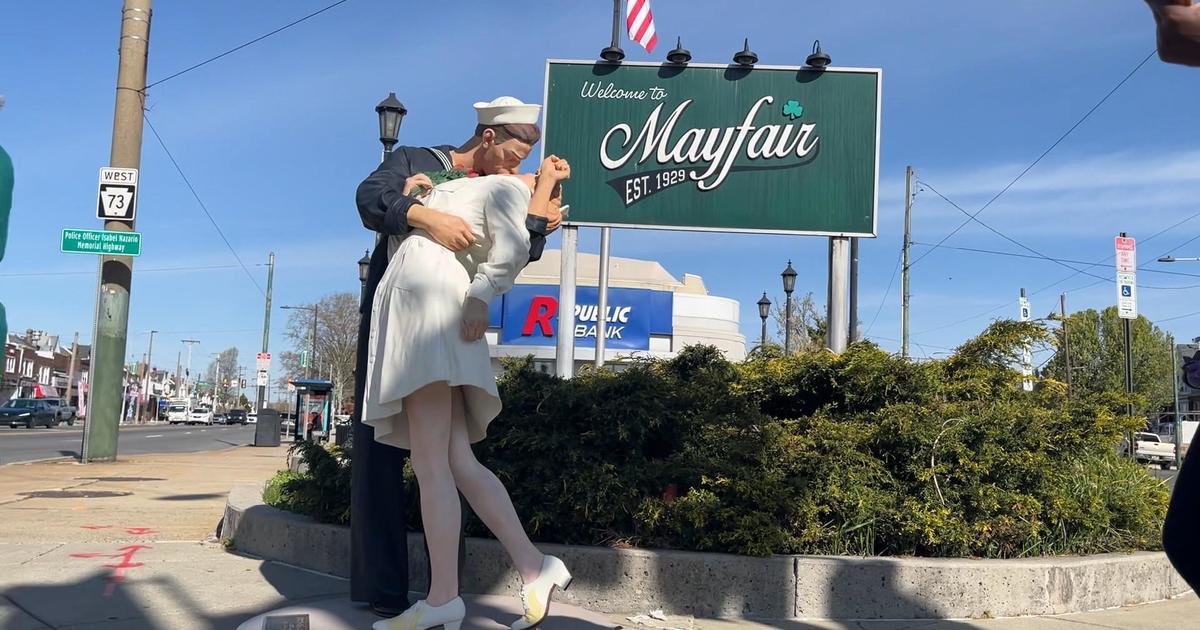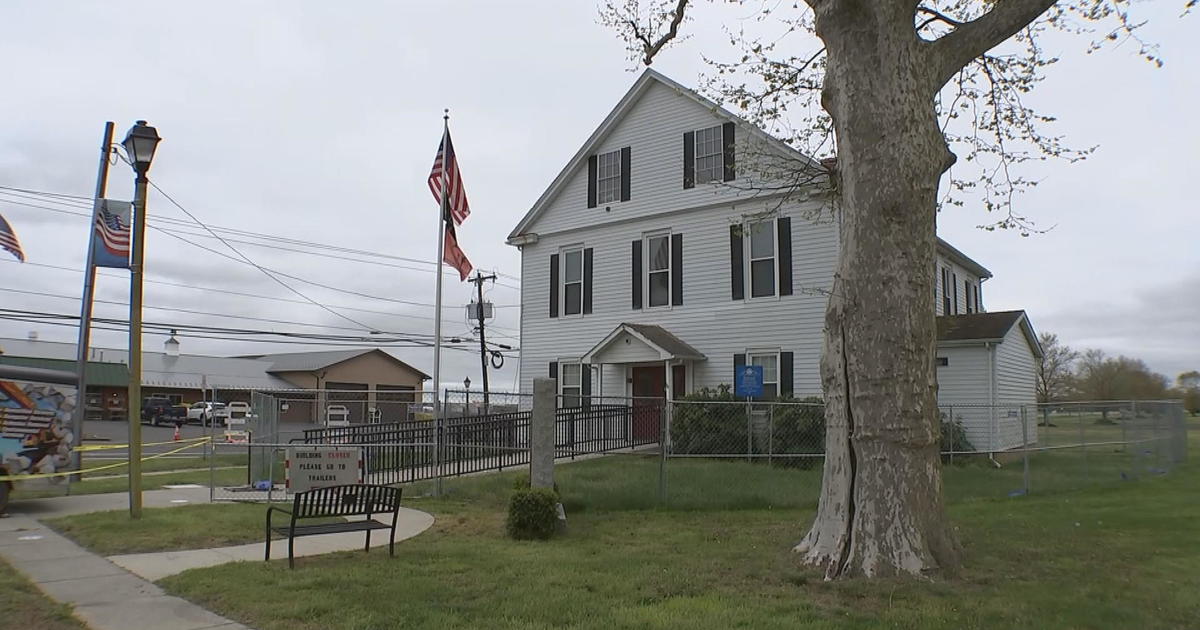New Research Says One Size Seat Belts Do Not Fit All Drivers
PHILADELPHIA (CBS) -- Seat belts are meant to protect us in car crashes, but for some drivers, they can be harmful.
Drivers aged 85 and older are nine times more likely per mile driver to be hurt in a crash.
Chest injuries are most common and they're linked to the seat belt.
"I remember sitting there and my body was flipping back and forth," said Pam Sohn. She ended up in a neck brace after a jeep backed into her car. Her seat belt kept her in the seat, but researchers believe it may have contributed to her concussion and back injuries.
New Hope For Treating Mysterious Disease, Lewy Body Dementia
"I probably would've went through the window or something the way I was moving around had I not had it on yeah, but it didn't do what I thought it would," Sohn said.
The seat belt she and the rest of use wasn't designed for the 60-year-old's 5'4" frame. Researchers at Ohio State are using crash tests to study the amount of force needed to protect those with more fragile frames, like smaller and older drivers.
The goal is to have seat belts that one day automatically adjust to the person they're protecting.
"It's going to take a lot more force to stop me from going into the steering wheel than it would a grandfather or grandmother. So that force against my thorax is not going to cause a rib fracture in me, potentially, but it is perhaps too much force for someone that is a little older," explained John Bolte of Ohio State University.
Seat belts save lives, but when it comes to older drivers in particular, they are also blamed for a higher rate of potentially serious and even deadly chest injuries as older drivers tend to be more easily injured in a crash.
"If a car can drive today without a person controlling it, why can't we have a safety system that can better respond to saving someone," Bolte wonders.
Researchers say everyone should wear their seat belts regardless of age, or size. They're credited with saving nearly 14,000 lives last year, but you also want to make sure the belt rests on your shoulder and that you're 10-12 inches away from the air bag.



